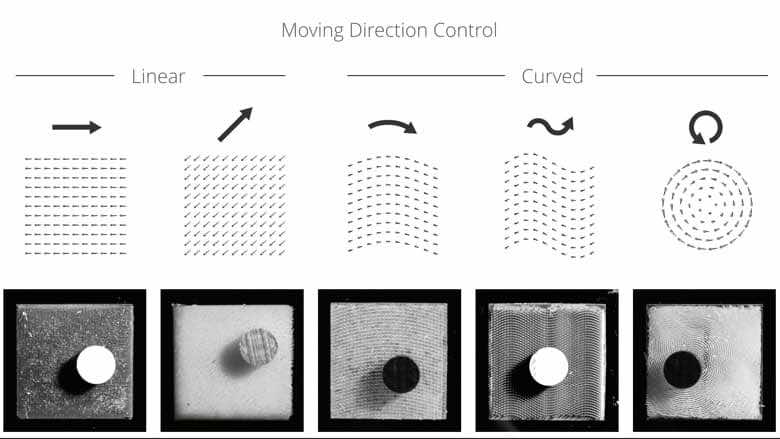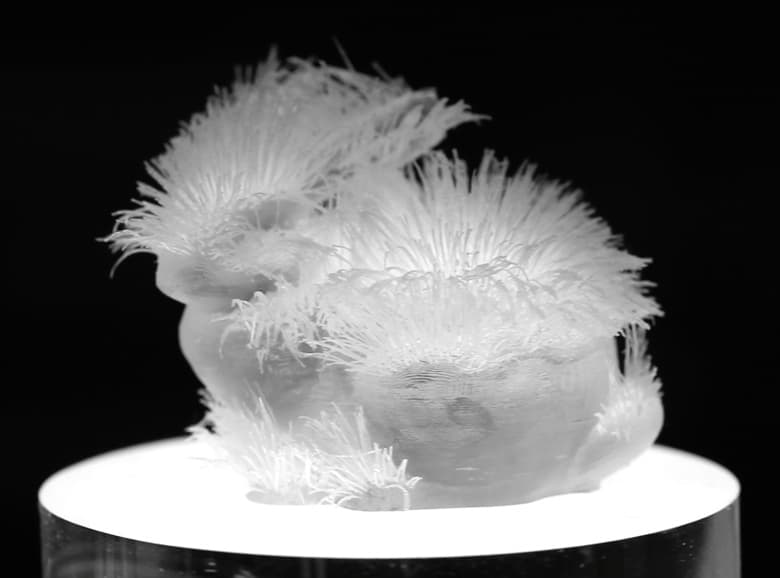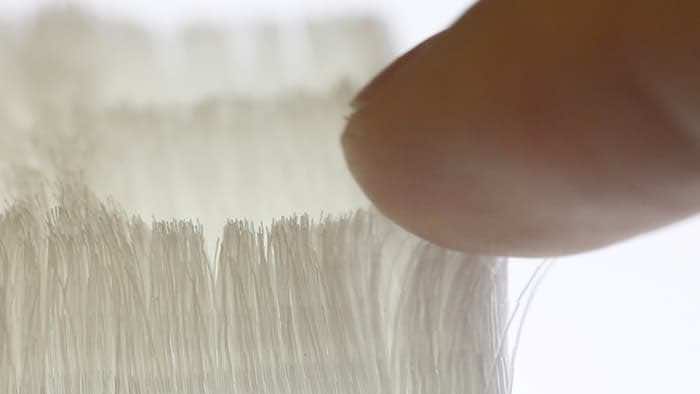Extremely small-diameter 3D printed hair structures has been achieved by researchers at MIT with each thread’s diameter as small as 50 micrometers each. This ability to create such intricate structures can help us in the creation of finely detailed surfaces, touch-sensitive toys, mechanical adhesives resembling velcro and even actuating motors. Cilllia Project, as it was named, wants to make fine hair-like structures as thin as possible that can be used to design futuristic everyday devices and interactive objects as well.
The project starts with a specially designed software that generates bitmaps of the hair structures. Here, a user can adjust the thickness, density and angle of the threads without heaving the need of altering them again and again to create dense hair. This bitmap can then be 3D printed and thus a thick surface of hair is created from these bitmaps.

Numerous applications of this revolutionary technique are being developed as well. They include 3D printed objects with extremely intricate surface textures and designs as well as paint brushes with customizable options according to the arrangement of one’s hair. The fibers can also be made to interlock with each other to create a kind of velcro attachments like a strong mechanical adhesive. Other more interesting applications include using them along with vibration. Researchers have already demonstrated actuating motors made with the hairs that they used to make a windmill of sorts that spins when any vibration is detected. It provides a visual notification method when you have put your smartphone on silent mode. Amazing, isn’t it?

The hairs can also respond to the direction and magnitude of swipes just like a touchscreen. As a demonstration, the developers made a toy rabbit whose hairs were made with this method. When a child swipes the hair down, the LED light on top lights up as green and if he swipes it upwards, the light becomes red.
Here is the video of the new technology under development and being used:


